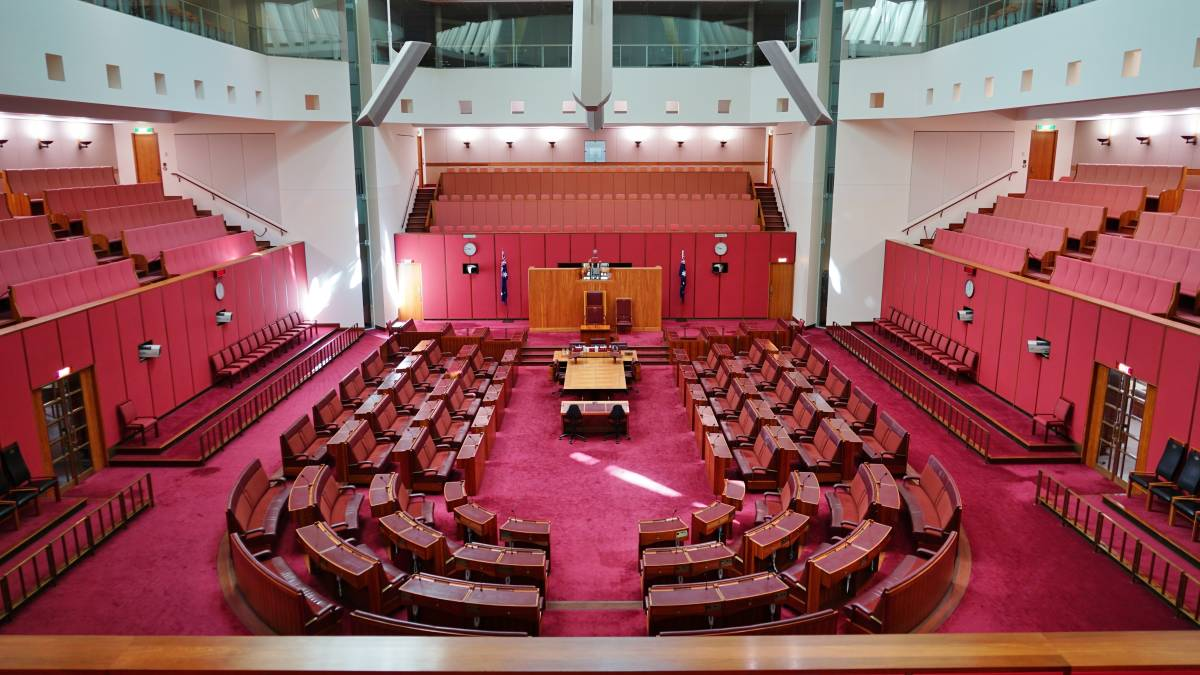Key authorities:
- Monarch.
- Appoints the Governor General.
- Has a lot of power but generally does not interfere with Australian politics too much.
- Governor General.
- The final checkpoint before a law is created.
- Interestingly, this guy is not part of the government. They’re an objective third-party with a responsibility to remain neutral.
- Gets appointed by the Monarch.
- Prime Minister.
- The head of the Australian government.
- Governor.
- A representative in each Australian state.
- Chief Minister.
- The leader of a territory (e.g. Northern Territory).
- Premier.
- The leader of a state government.
- Mayor.
- The leader of a local government.
- Deputy Prime Minister.
- Opposition Leader.
- Ministers and Shadow Ministers.
- Members of Parliament.
- Senators.
The Australian Constitution is a legal document that declares what basic rules should be followed for the Australian government. A referendum is a vote to change the Australian Constitution.
The Australian Constitution divides the government’s power into:
- Legislative power — the creation and amending of laws.
- Executive power — putting laws into practice.
- Judicial power — interpreting and apply the law.
Parliament
Parliament House (Parliament of Australia).

Inside the Parliament House is the House of Representatives:

- There are 150 people here.
- The people here are called ‘Members of Parliament’.
- Each state and territory gets a number of members of Parliament proportional to population.
Also inside the Parliament House is the Senate.

-
There are 76 people here.
-
The people here are called ‘senators’.
-
Each state elects 12 senators and each territory elects 2 senators.
-
Parliament of NSW.

Political Parties
A political party is a set of people who share similar ideas in how the government should operate. The main ones in Australia are:
- Liberal Party.
- Labor Party.
- Nationals.
- Greens.
The leader of the political party becomes the Prime Minister.
After a federal election, the leader of the second largest party is called the ‘Leader of the Opposition’.
Levels of Government
In Australia, we have the federal government which encompasses all of Australia, state governments, and local governments.
- Federal government responsibilities cover:
- Taxation.
- Immigration and citizenship.
- Economic policies.
- Social security.
- Defence.
- Trade.
- International relations.
- State government responsibilities cover:
- Healthcare.
- Education.
- Transport infrastructure.
- Police and ambulance services.
- Local government responsibilities cover:
- Smaller public infrastructure like street roads, bridges, parks, etc.
- Building permits.
- Local environment, food, noise, waste issues.
Voting
“In Australia, citizens aged 18 years or over must enrol to vote in federal, state and territory elections and referenda on constitutional change.”
History
Prior to Jan 1, 1901, ‘Australia’ was a set of 6 distinct British colonies each with their own set of laws and policies. On Jan 1, 1901, these colonies were formally united to form the ‘Commonwealth of Australia’.
 (
(